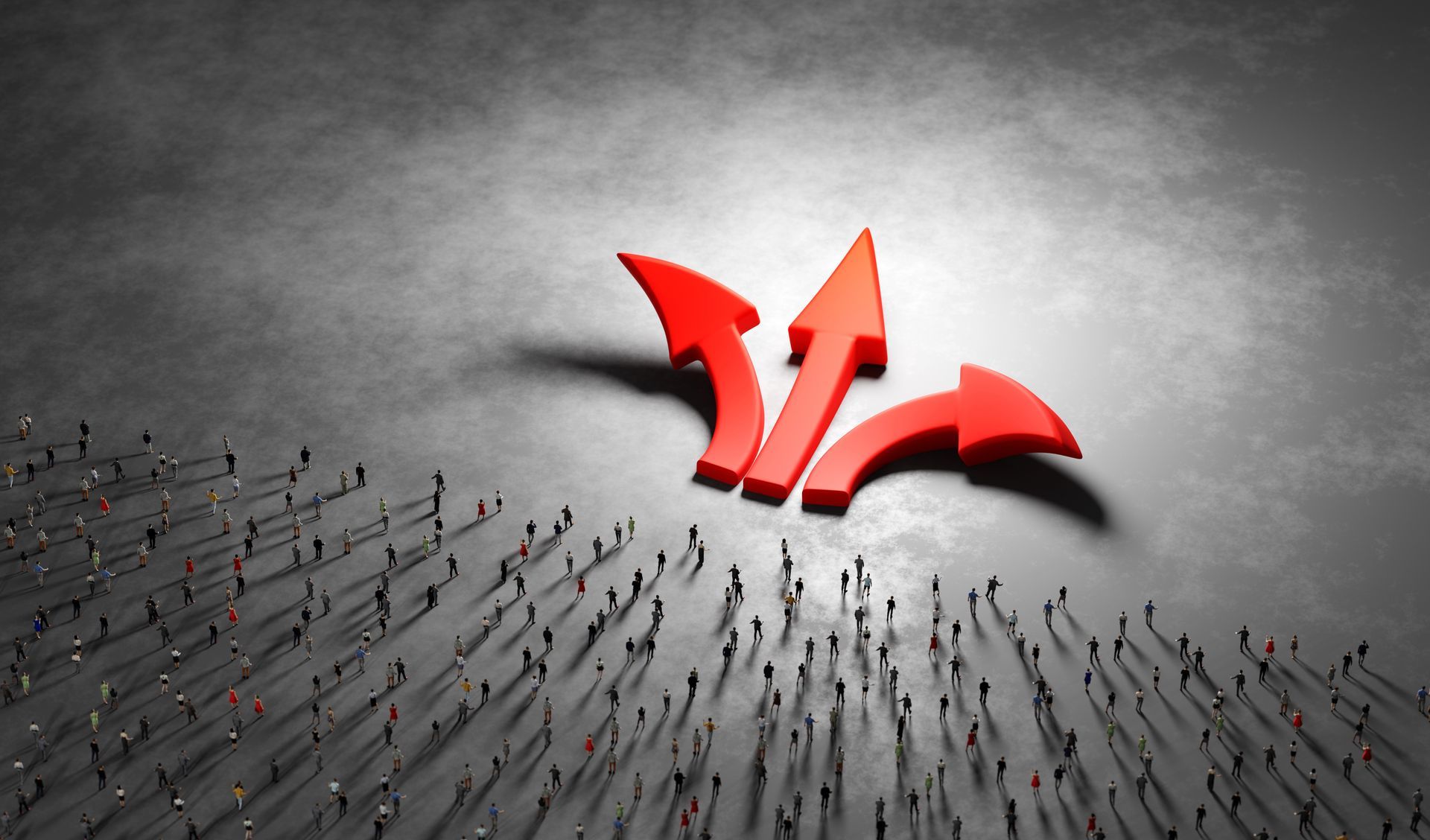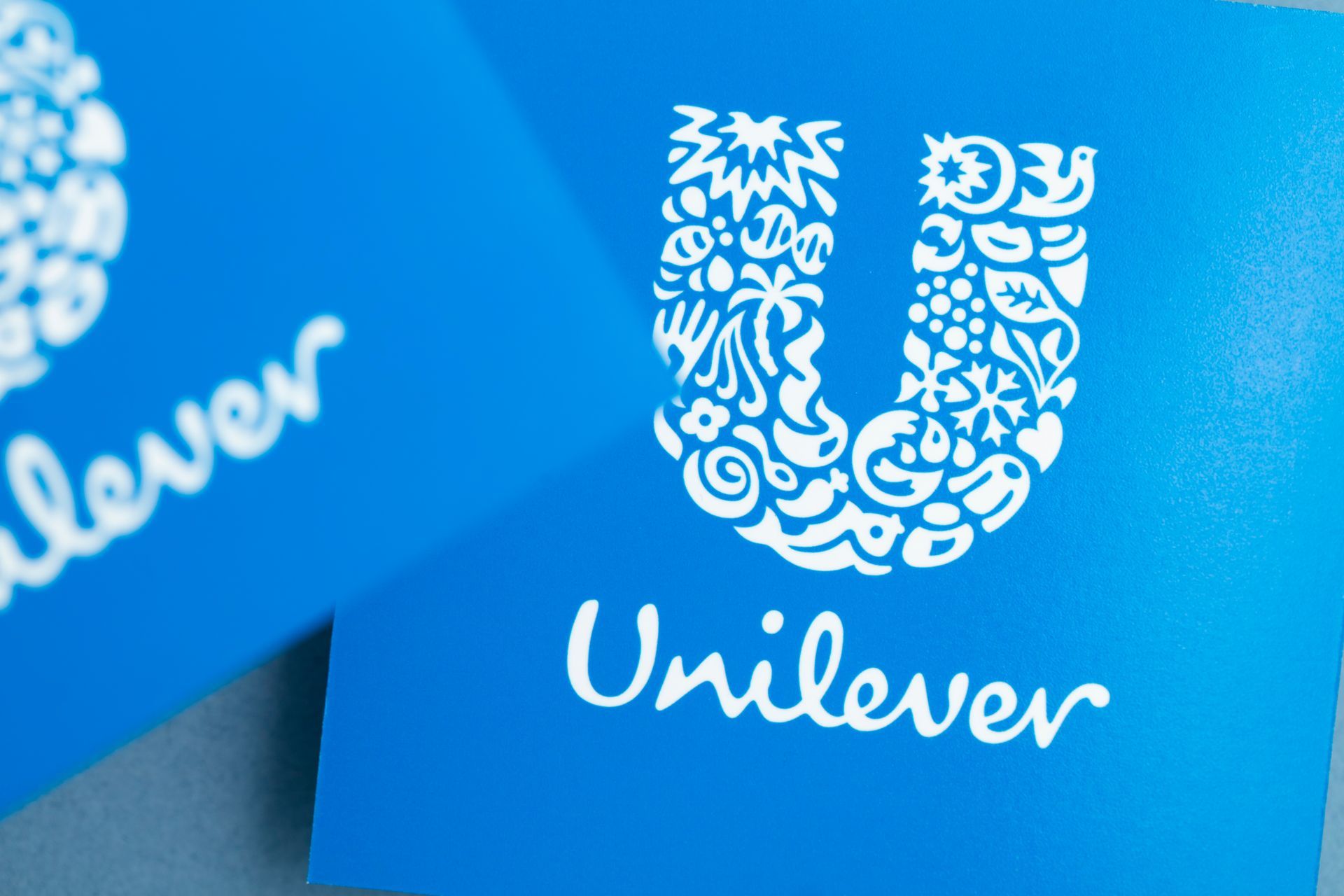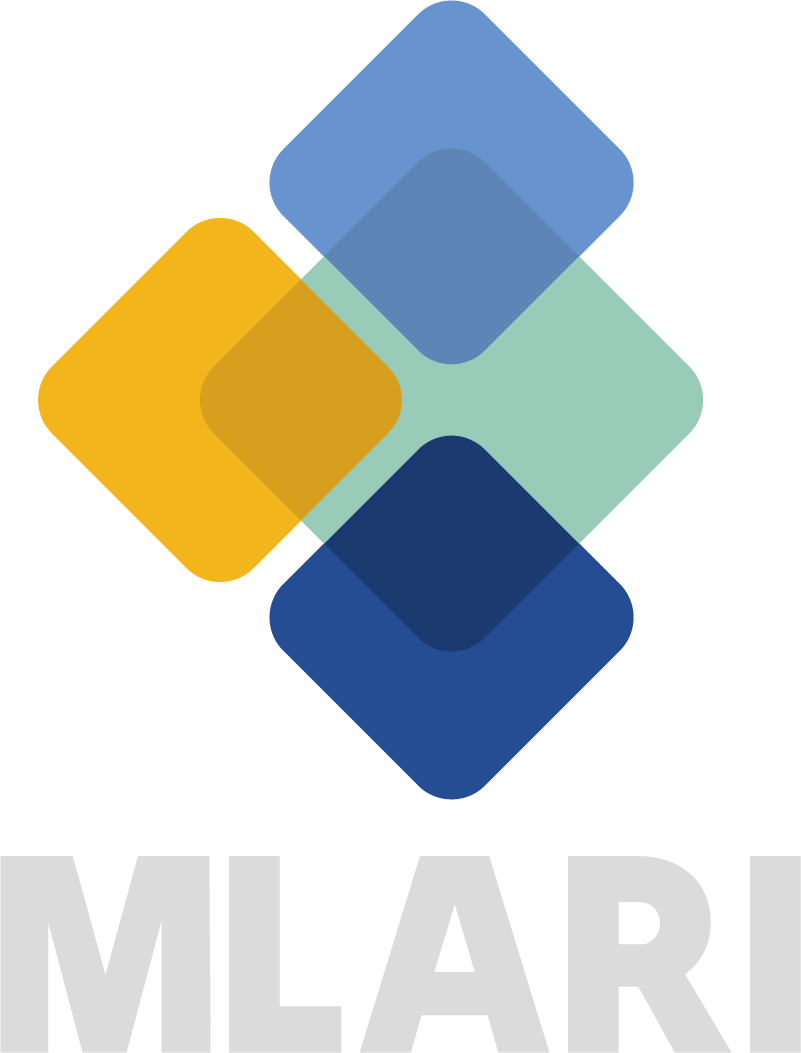Freedom, Responsibility, and Worldview: Understanding Drucker
PUBLISHED:
One can use Drucker’s ideas to understand the political and social scene in China today.
Let’s start with a story. Fyodor Dostoyevsky published his novel The House of the Dead in 1862. Dostoyevsky actually spent time in a Siberian prison camp, and drew on that experience as he depicted prisoners in the novel. These prisoners were seen as hardened criminals, and go through an incredible transformation at Christmastime. They are permitted to put on a play. Suddenly, these hardened criminals are bursting with creativity. They’re writing, directing, designing costumes, an entire production process involved in creating this theatrical play. A completely different side of them comes out.
This story illustrates a point that is at the heart of Drucker’s work. This is the idea that no system, no matter how restrictive or oppressive, can completely destroy our humanity. Even within a place as terrible as a prison, there is still room for agency, for choosing how we respond to our circumstances. Even with limitations, they found a way to express themselves. The prisoners find a way to carve out a space for freedom. It makes one think about those times when we are boxed in by expectations, or stuck in a rut. Maybe there is always a way to break out. This ties in perfectly with what Drucker always talked about in terms of individual responsibility. It’s not about waiting for someone to give you permission, or for the perfect situation to magically appear. It’s about realizing that we always have choices, and those choices make us who we are.
So these prisoners are finding freedom in this highly unlikely place! But we can see how this links to Drucker’s thoughts on societal order. Think about it: Are we all prisoners in some way? This is where Drucker’s own experiences in 20th-century Europe become incredibly relevant to our own lived experience today. He saw the rise of totalitarian regimes firsthand. He likened them to “beehives” and “anthills” where individual freedom was crushed by the weight of the state. Like everyone is marching in line; there is no room for being different. Let us think about this: even in societies that aren’t explicitly totalitarian, we can still build those same kinds of structures: prisons of conformity and control, where everyone is expected to be the same. Drucker saw this as the complete opposite of the chaos of disorder. A healthy society has to find that balance. You need a middle ground of diversity, this multi-layered system where individuals can find meaning without being crushed by a large, powerful authority. Walking a tightrope between too much order and too much chaos. Too much order represents the beehive model. Too much chaos creates the jungle, where it is everyone for himself. Finding the middle ground is a challenge. It’s the balance between individual freedom, and a sense of order.
In many ways, Chinese society places value on order and control. But Drucker’s ideas about personal responsibility and gives one a choice to exercise individual freedom even within a system of constraints. How do we find those little spaces for freedom within those constraints? You can’t change the system, but you can make choices that allow you to exercise your own agency, and align your actions with your beliefs.
That brings us to one of Drucker’s most mind-blowing ideas: it’s what he called the “mechanistic world view.” He thought that seeing the world as a giant machine with humans as cogs in the system disrupts how we see the concepts of freedom and responsibility. Imagine a factory with an assembly line, where each worker has their one specific job. They do this over and over again, with no room for creativity, no sense of ownership. That’s the essence of the mechanistic world view: we all become robots, following a program. Freedom, in this word view, becomes chasing simple pleasures, like comfort. There is no sense of purpose. One just goes through the motions. The focus is on efficiency and output, not the human factors that go into work. Responsibility is reduced to following orders rather than making thoughtful choices.
If the mechanistic world view is the problem, what is the alternative? Drucker gives us an alternative: the teleological world view. This is the view that the universe is not a static machine, but rather a dynamic system where everything is connected from atoms to humans. Everything contributes to create a new order. In this world view, freedom isn’t doing what you feel like, or feels good, but developing your potential as a human being and using that to contribute to something bigger than yourself. Responsibility isn’t about following rules, but understanding the impact your choices have.
Thinking back to the prisoner story we began with: their decisions had impacts. They tapped into their potential, and found a shared purpose.
This resonates with Eastern Philosophical ideas of individual cultivation and harmony with the cosmos. Drucker’s ideas, while grounded in Western traditions, transcend cultural boundaries.
How much of our lives, regardless of culture, are actually run by this mechanistic mindset? In work, school – are we really encouraged to think for ourselves? Or to contribute to some bigger purpose? Even in systems that feel very mechanistic, there will always be ways to find pockets to express freedom – places where we can make a choice and do something meaningful. It may not be easy, but it is always there. It starts with recognizing that we have a choice. We can be cogs in the machine. Or we can choose to be creative agents of change.
We are reminded of where we began, with Dostoyevsky, who said “man is created for freedom.” Even when things are difficult, we are hardwired for expressing ourselves and deciding our own path. It’s all about finding those stages within the prison walls. The limitations exist in Chinese society; but that doesn’t mean that we can’t have a free existence. Drucker’s ideas, while Western, have resonance in other cultures. Freedom is not just a large, abstract concept. It’s also about the everyday choices we make within our specific cultural contexts. The little ways we express ourselves and choose to build something new instead of accepting the status quo. Making things more beautiful and meaningful, even if it’s just in our own small world.
Which brings us back to Drucker’s definition of freedom. For him, freedom involved responsible choice. It is not right as much as responsibility. It is not something given to us. It’s something we must work for and earn. And we choose it every day through our actions.
One final thought: If life is a stage, what role would you play? What kind of performance are you giving to the world? Are you building prisons? Or are you building stages? Are you choosing freedom and responsibility? Or are you just going through the motions? This is not about easy answers. It’s about finding a world where freedom and responsibility can coexist and thrive.





